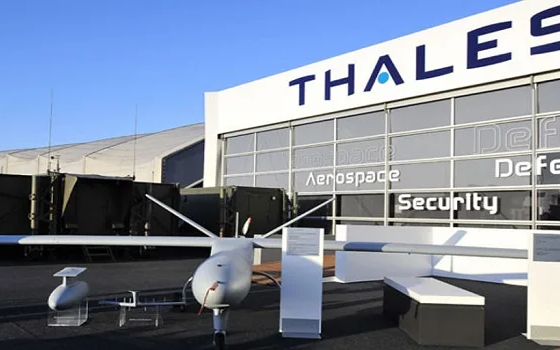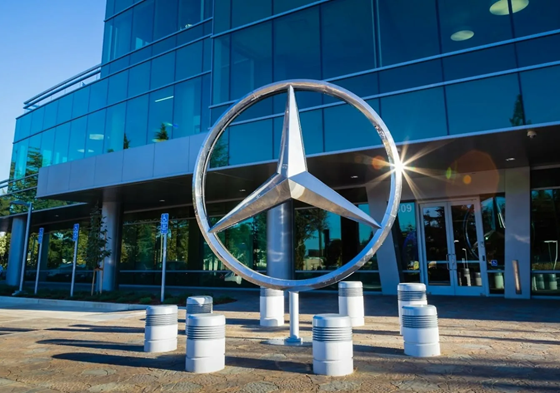The main distinguishing feature of the tweet block from the gas block is the size, the shape of the grooves and the presence of the ash linen. In all other respects, these materials are practically identical. Due to the exact geometric sizes and the Ship-Paz system, the thickness of the joints between the twin blocks is not more than 3 mm, which ensures the visual monolist of the erected walls. In the manufacturing process, twin blocks are fired in autoclave furnaces with subsequent natural drying. The shrinkage of the material is only 0.56 mm/m, which is almost invisible to the naked eye.
Well, to buy stained glass windows for the ceiling – visit the site. Only there you will find the best ceiling stained glass windows at a reasonable price.
Advantages and disadvantages
The material has excellent thermal insulation characteristics that reduce about 30% heat loss. Thanks to this, the optimal microclimate is always supported in the premises erected using this material: it is not hot in summer, and in winter it is always comfortable and warm. In addition, the exposure of the adhesive, the strength and thermal resistance of the erected structure increases by more than 20%, which ensures the maximum reduction in shrinkage. Another plus of Twin block is environmental safety. It does not contain and does not distinguish any harmful substances into the air that could damage the human body. In addition, twin blocks have light weight, which allows you to create a minimum load on the foundation, and are resistant to fire, rotting and reproduction of microbes, insects and rodents. Often professional masons call this material a “mineral tree”, since it does not only correspond to the quality characteristics, but also exceeds the quality of the tree.
The only minus of the material is the high cost. Nevertheless, the long service life, reaching 100 years, reliability and strength of buildings, as well as the simplicity of laying twin blocks almost completely compensates for this shortage.
Twin blocks are often used in the construction of supporting structures, as well as for laying frames, partitions and insulation of metal structures.



